Exploring the Impact of Social Media on Art and Culture
In the past decade, social media has had a profound impact on art and culture. From allowing art to reach a wider audience to changing the way it is created and consumed, social media has opened up new avenues for artists and audiences alike. In this article, we will discuss how social media has impacted art and culture, from the perspectives of artists, viewers, and critics, as well as the potential implications of its influence.
Expanding Audiences with Social Media
One of the most significant impacts of social media on art and culture is its ability to expand audiences. By allowing artists to share their work directly with viewers, social media has opened up a new avenue for art to reach a wider audience than ever before. This is especially true for independent artists, who may not have had the resources to promote their work before the advent of social media. As a result, more people are exposed to art and culture than ever before, creating a more diverse and inclusive audience for art.
Changing the Way Art is Created and Consumed
Social media has also changed the way art is created and consumed. With the rise of platforms like Instagram and YouTube, artists have more opportunities to share their work with audiences in new and innovative ways. This has made it easier for artists to reach a wider audience and distribute their work in a more cost-effective manner. Additionally, the instantaneous nature of social media has made it possible for viewers to engage with art in real-time, creating a more interactive and engaging experience for both artists and viewers alike.
Implications of Social Media on Art and Culture
The implications of social media on art and culture are both positive and negative. On the one hand, it has allowed art to reach a wider audience and opened up new opportunities for artists and viewers alike. On the other hand, it has also led to a rise in the commodification of art, as well as the potential for artists to be exploited by larger companies or platforms. Additionally, the instantaneous nature of social media can lead to lower-quality art being produced, as artists may be tempted to rush their work in an effort to reach a wider audience.
Conclusion
Overall, social media has had a tremendous impact on art and culture in the past decade. From expanding audiences to changing the way art is created and consumed, social media has opened up a new avenue for art and culture to reach a wider audience. However, it is important to consider the potential implications of its influence on art and culture, and to ensure that artists are not exploited or taken advantage of in the process.
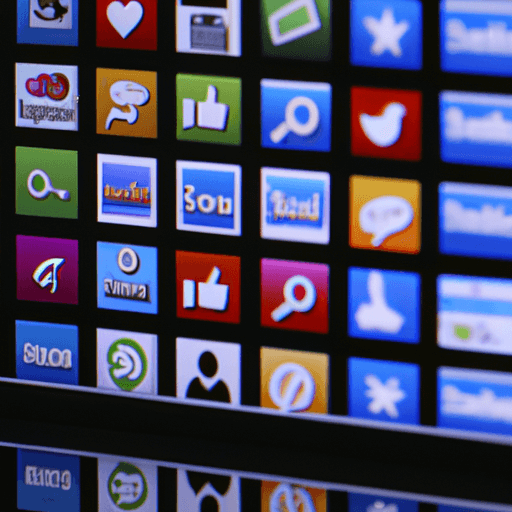
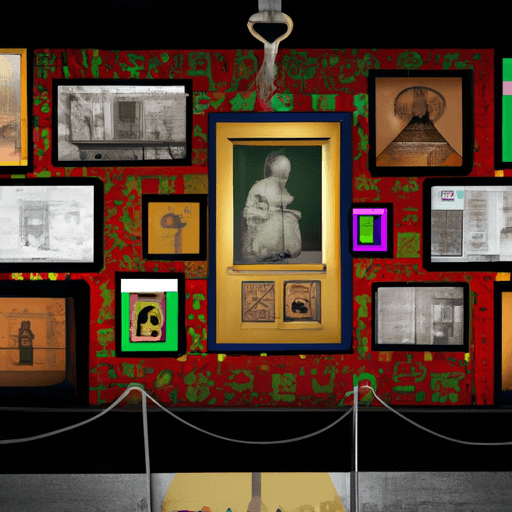


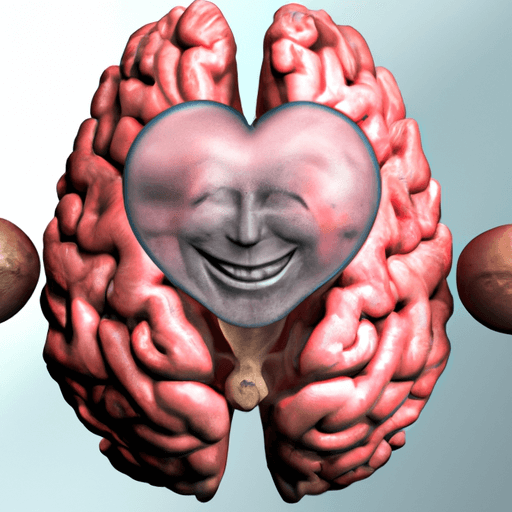

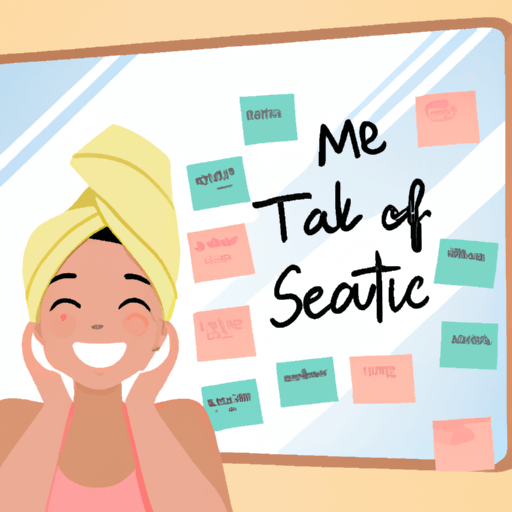
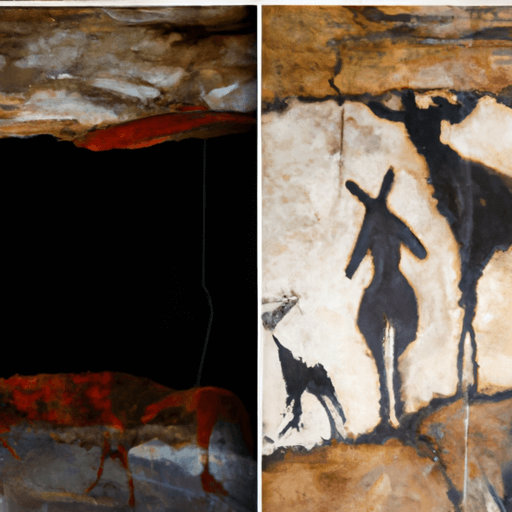

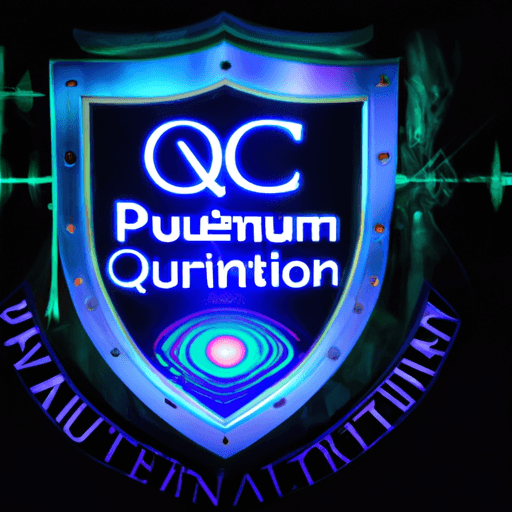
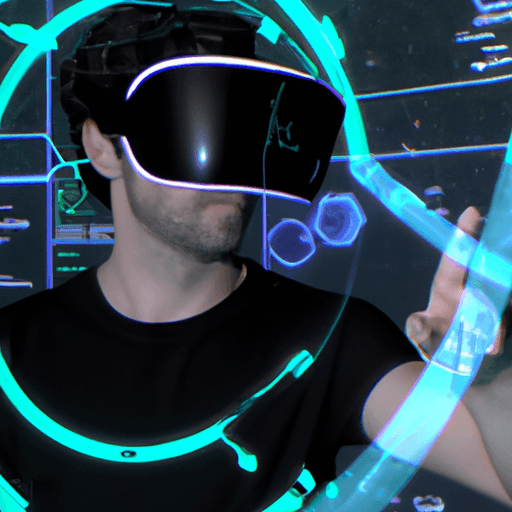
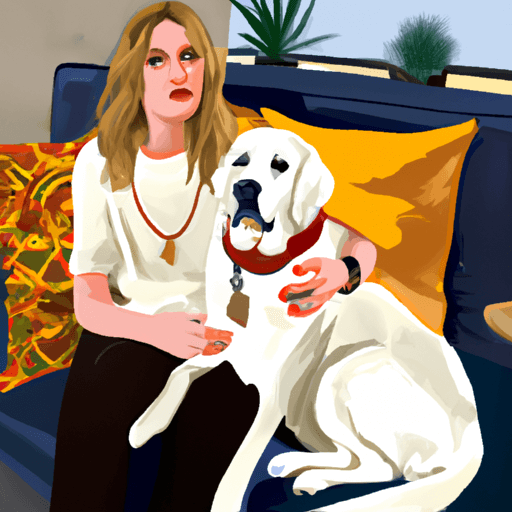
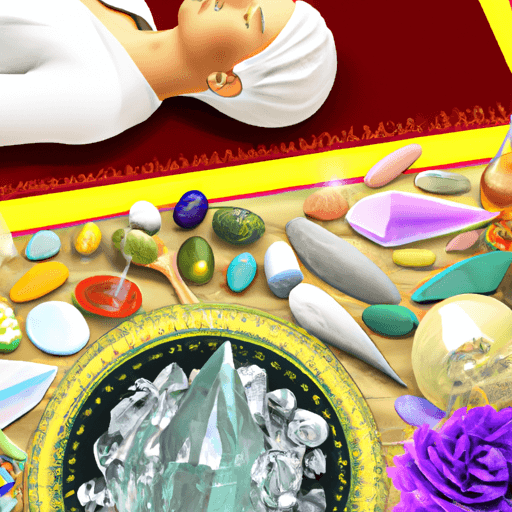
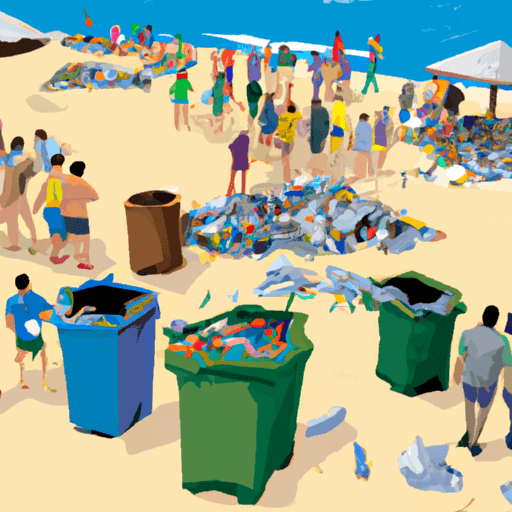
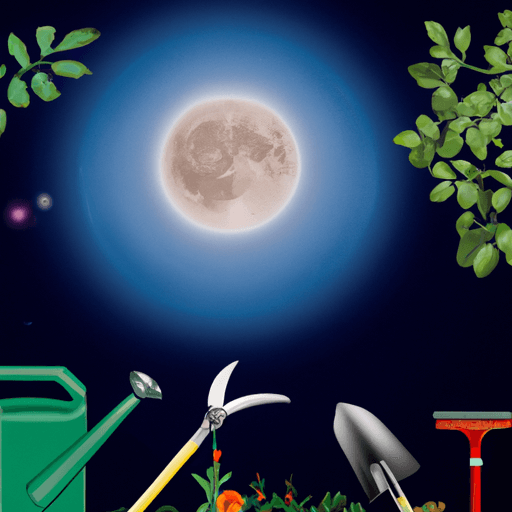

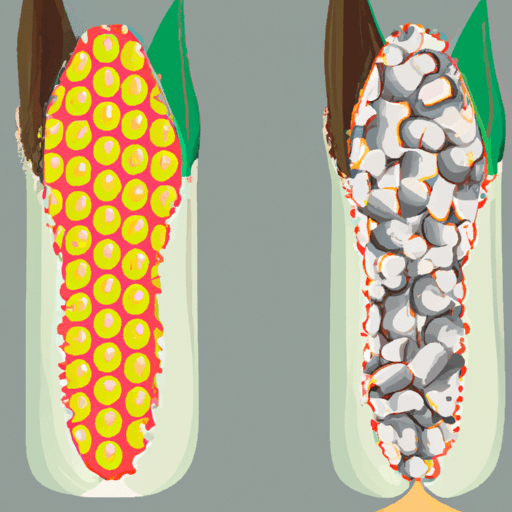
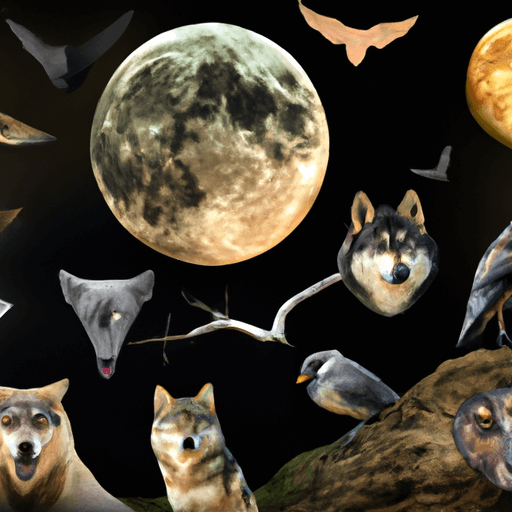
Comments
Leave a Comment